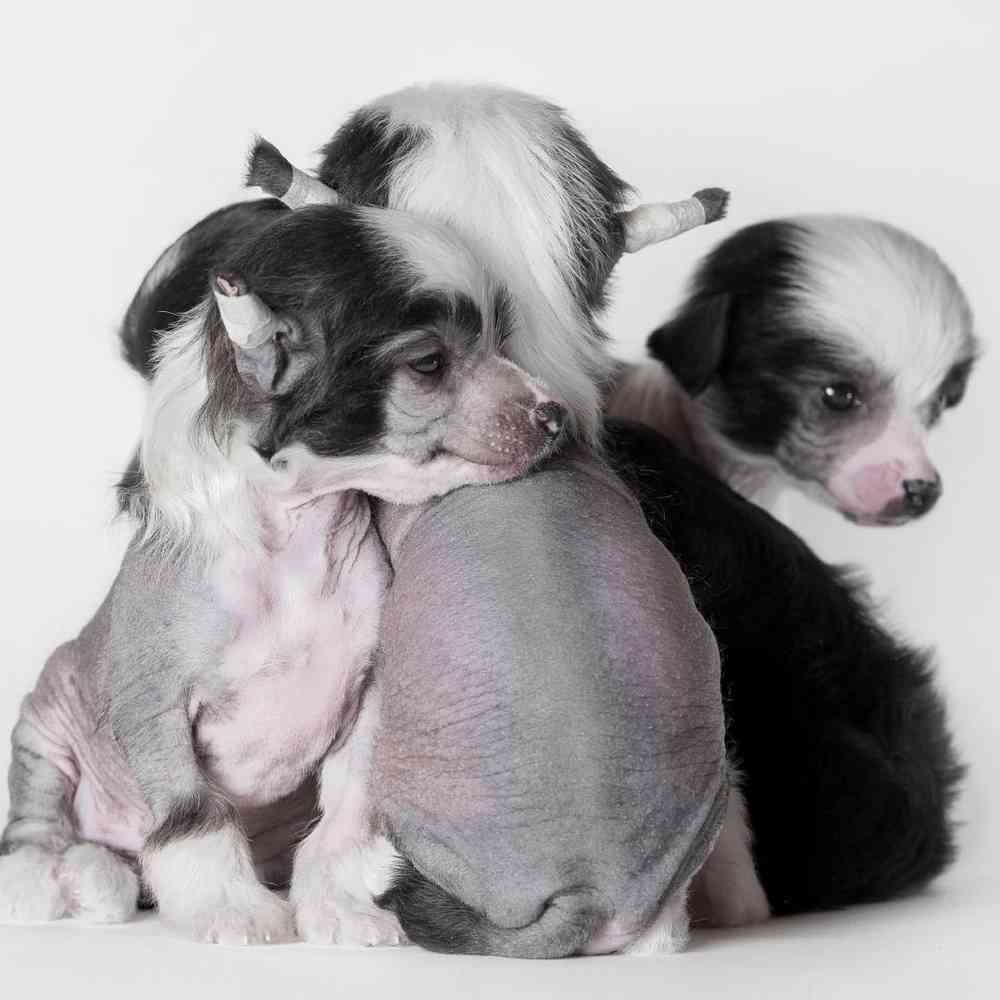Chinese Crested

With their spotted pink skin, spiky “crested” hairdo, furry socks and feathery tail, you can’t mistake the sweet and slender Chinese Crested for any other breed. This frolicsome, ultra-affectionate companion dog is truly a breed apart.



Want to know more about Chinese Crested ?
Breed Traits
Group
Toy
About
History
Standard
Nutrition
Grooming
Exercise
Training
Health
General Appearance
A toy dog, fine-boned, elegant and graceful. The distinct varieties are born in the same litter. The Hairless with hair only on the head, tail and feet and the Powderpuff, completely covered with hair. The breed serves as a loving companion, playful and entertaining.


